Home>Articles>Can You Reuse Granite Countertops When Replacing Cabinets
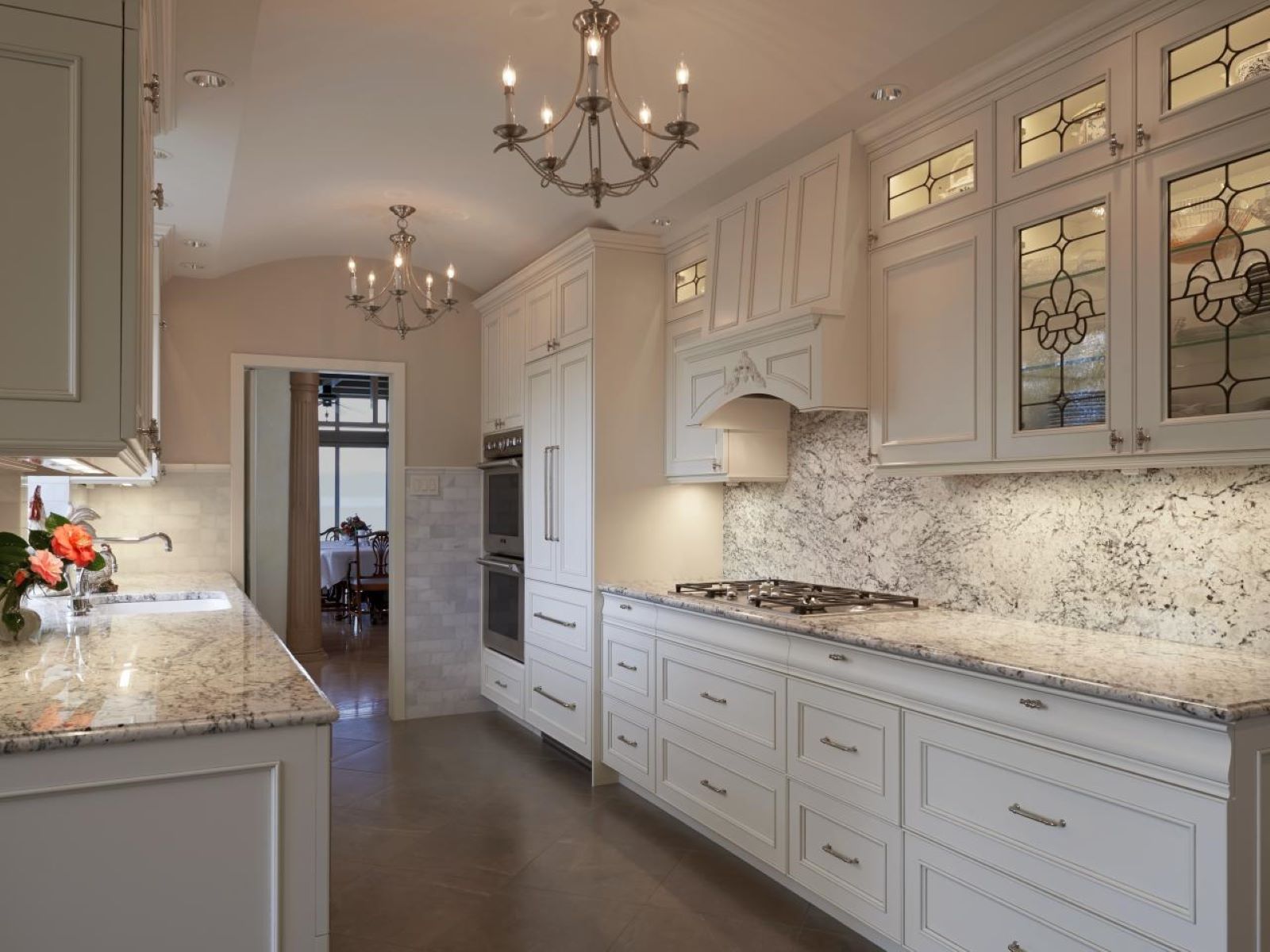

Articles
Can You Reuse Granite Countertops When Replacing Cabinets
Modified: August 24, 2024
Find out if you can reuse granite countertops when replacing cabinets with these helpful articles. Learn the best practices and tips for a successful renovation.
(Many of the links in this article redirect to a specific reviewed product. Your purchase of these products through affiliate links helps to generate commission for Storables.com, at no extra cost. Learn more)
Introduction
Are you planning to remodel your kitchen and wondering if you can reuse your existing granite countertops when replacing your cabinets? Replacing cabinets can be a costly venture, and if your granite countertops are in good condition, reusing them can help you save money while still achieving a refreshed look for your kitchen.
In this article, we will explore the possibility of reusing granite countertops when replacing cabinets. We will delve into the factors to consider and the steps involved in the process. Additionally, we will discuss the benefits and drawbacks of reusing granite countertops to help you make an informed decision for your kitchen renovation project.
Granite countertops are known for their durability, heat resistance, and natural beauty. They have become a popular choice for many homeowners due to their aesthetic appeal and longevity. However, with changing design trends or personal preferences, you may decide to update your kitchen cabinets while still wanting to keep your granite countertops intact.
Before diving into the process of reusing granite countertops, it is important to understand the nature of these countertops and how they are typically installed. Granite countertops are typically custom-cut to fit the dimensions of your cabinets and installed using adhesive materials. They require proper support from the cabinets to ensure stability and prevent any potential damage.
Now that we have a basic understanding of granite countertops and their installation process, let’s explore the possibility of reusing them when you decide to replace your cabinets.
Key Takeaways:
- Reusing granite countertops during cabinet replacement can save money and maintain aesthetic continuity, but requires careful assessment of condition, compatibility, and professional assistance for successful transition.
- While reusing granite countertops offers cost savings and environmental sustainability, it may limit design options and require additional maintenance and repairs, necessitating a balanced consideration of benefits and drawbacks.
Understanding Granite Countertops
Granite countertops are a popular choice for kitchens due to their durability, natural beauty, and heat resistance. They are crafted from a natural stone called granite, which is formed deep within the Earth’s crust through intense heat and pressure over millions of years.
Granite is known for its unique patterns and variations in colors, making each countertop a one-of-a-kind piece. It comes in a wide range of hues, from neutral shades like white, gray, and beige to more vibrant options like red, blue, and green.
One of the main advantages of granite countertops is their strength and resilience. They are highly resistant to scratches, heat, and stains, making them a practical choice for the often demanding environment of a kitchen. With proper care and maintenance, granite countertops can last a lifetime.
When it comes to installation, granite countertops are typically custom-cut to fit the dimensions of your cabinets. They are heavy, solid slabs that require proper support to ensure their stability. It’s essential to have a sturdy base for the countertops, usually provided by the cabinets underneath.
In addition to their durability, granite countertops are also easy to clean and maintain. Regular sealing helps to prevent stains and bacteria from penetrating the surface. With proper care, granite countertops can maintain their luster and beauty for years to come.
However, it’s important to note that granite countertops do have some limitations. They are a porous material, which means they can absorb liquids if not properly sealed. This can lead to staining if spills are not promptly cleaned. Additionally, granite countertops may require periodic resealing to maintain their protective barrier against stains and moisture.
Now that we have a better understanding of granite countertops and their characteristics, let’s explore the process of reusing them when replacing cabinets in your kitchen.
Replacing Cabinets and Granite Countertops
When it comes to kitchen remodeling, one of the most common projects is replacing cabinets. Cabinets play a significant role in both functionality and aesthetics, and updating them can give your kitchen a fresh new look. However, the question arises: can you reuse your existing granite countertops when replacing cabinets?
The answer varies depending on several factors. Reusing granite countertops is possible, but it requires careful consideration and evaluation of your specific situation. Here are a few key factors to keep in mind:
- Layout and Design: The first consideration is the layout and design of your kitchen. If the current cabinets and countertops are arranged in a way that complements each other well, it may be worth retaining the countertops to maintain the overall aesthetic appeal.
- Condition of Countertops: Assess the condition of your existing granite countertops. If they are in good shape with no visible damage or significant wear, reusing them can save you the cost of purchasing new ones.
- Compatibility: Consider whether the current granite countertops will fit the dimensions of the new cabinets. Since granite countertops are custom-cut to match specific cabinet sizes, the compatibility of the countertops with the new cabinets is crucial.
- Adhesive Material: Another important factor to consider is the adhesive material used to secure the countertops to the cabinets. If the adhesive cannot be easily removed or may cause damage when separating the countertops from the cabinets, it may not be feasible to reuse them.
Before deciding to reuse your granite countertops, consult with a professional contractor or expert to evaluate the feasibility of the project. They can provide insights and guidance based on their experience and expertise.
If it is determined that your granite countertops can be reused, the next step is to carefully remove them from the existing cabinets. This should be done with caution to avoid any damage to the countertops or the surrounding area. It is recommended to seek professional assistance for this task to ensure proper handling.
Once the countertops are safely removed, the cabinets can be replaced or refurbished as per your desired design. When the new cabinets are installed, the granite countertops can then be reinstalled, ensuring proper support and alignment.
Keep in mind that the process of reusing granite countertops can be time-consuming and labor-intensive. It requires careful planning, skilled handling, and attention to detail to ensure a successful outcome.
Now that we have explored the factors to consider when reusing granite countertops during cabinet replacement, let’s delve into the steps involved in the process.
Factors to Consider when Reusing Granite Countertops
Reusing granite countertops during a cabinet replacement project can be a cost-effective and sustainable option. However, there are several factors that need to be considered before proceeding with this decision. Here are the key factors to keep in mind:
- Condition of the Countertops: Evaluate the condition of your existing granite countertops. Look for any cracks, chips, or deep scratches that could compromise the integrity and aesthetics of the countertops. If the damage is minimal and can be repaired, reusing the countertops may still be a viable option.
- Compatibility with New Cabinets: Consider if your current granite countertops are compatible with the dimensions and design of the new cabinets. Since granite countertops are custom-cut to fit specific cabinets, they may not align properly with the new cabinet layout. Measure the dimensions of the new cabinets and compare them with the existing countertops to ensure a proper fit.
- Adhesive Materials: Determine the type of adhesive used to secure the countertops to the cabinets. Some adhesives, such as epoxy, may be difficult to remove and could potentially damage the countertops during the separation process. Consult with a professional to assess the feasibility of safely removing the countertops without causing any harm.
- Support and Stability: Evaluate the support structure of the existing cabinets. Granite countertops are heavy and require sturdy and stable support. If the current cabinets do not provide adequate support, reusing the countertops may not be advisable. It may be necessary to reinforce the cabinets or install additional support brackets to ensure the countertops remain secure.
- Aesthetic Considerations: Consider how well the granite countertops will visually complement the new cabinets. If the color, pattern, or style of the existing countertops clashes with the new cabinet design, it may be best to choose new countertops that better harmonize with the overall aesthetic of the kitchen.
It is important to consult with a professional contractor or a specialist in granite countertop installations to assess the feasibility of reusing your granite countertops. They can provide expert advice based on their experience and expertise.
Keep in mind that the decision to reuse granite countertops should also take into account your budget and personal preferences. While reusing countertops can save money, it may require additional expenses for repairs, modifications, or reinforcing the cabinets.
Remember to weigh all these factors carefully before making a final decision. By doing so, you can ensure that reusing your granite countertops during a cabinet replacement project is a viable and beneficial option.
Steps to Reuse Granite Countertops
If you have decided to reuse your existing granite countertops during a cabinet replacement project, there are several essential steps to follow to ensure a successful transition. Here is a step-by-step guide:
- Assessment: Begin by thoroughly assessing the condition of your granite countertops. Check for any visible damage or wear that may affect their integrity or aesthetics. If there are minor issues, consult with a professional to determine if they can be repaired.
- Removal: Carefully remove the existing countertops from the cabinets. This step requires caution to prevent any damage to the countertops or the surrounding area. Seek assistance from a professional or a skilled contractor to ensure the safe removal of the countertops.
- Cabinet Replacement: Proceed with the replacement or refurbishment of the cabinets as per your desired design. This step involves removing the old cabinets, preparing the space for installation, and installing the new cabinets. Ensure that the new cabinets are properly aligned, level, and securely attached to the walls.
- Support and Alignment: Before reinstalling the granite countertops, evaluate the support structure of the cabinets. Check if additional reinforcement or support brackets are required to handle the weight of the countertops. Proper alignment is essential to ensure a seamless fit.
- Installation: Place the granite countertops back onto the cabinets carefully. Use a high-quality adhesive recommended for granite countertops to secure them in place. Follow the manufacturer’s instructions for proper application and curing time.
- Finishing Touches: Once the countertops are installed, ensure that all edges are properly sealed. Sealing the edges helps maintain the integrity of the countertops and prevents moisture from seeping in. It is also recommended to reseal the entire surface of the countertops to ensure long-lasting protection.
- Plumbing and Electrical Work: If plumbing or electrical work is involved, make the necessary connections after the countertops are securely in place. Hire a licensed professional if you are not experienced in these areas to ensure safety and compliance with building codes.
- Clean and Buff: Clean the granite countertops thoroughly to remove any debris or residue from the installation process. Use a non-abrasive cleaner specifically designed for granite surfaces to avoid scratching or damaging the countertops. Finally, buff the countertops to restore their natural shine.
Following these steps will help ensure a smooth and successful process of reusing your granite countertops during a cabinet replacement project. However, it is crucial to seek professional advice and assistance to guarantee that the installation is done correctly and safely.
Remember, the process of reusing granite countertops can be complex and time-consuming. It requires careful planning, skillful execution, and attention to detail to achieve the desired outcome. By following these steps and seeking expert guidance, you can enjoy the benefits of reusing your granite countertops while giving your kitchen a fresh new look.
Yes, you can reuse granite countertops when replacing cabinets as long as they are in good condition and the new cabinets are the same size or can be adjusted to fit. It’s important to hire a professional to remove and reinstall the countertops to avoid damage.
Read more: What Can Scratch Granite Countertops
Benefits and Drawbacks of Reusing Granite Countertops
Reusing granite countertops during a cabinet replacement project offers several benefits and drawbacks. Understanding these pros and cons will help you make an informed decision regarding the reuse of your countertops. Let’s explore them in detail:
Benefits:
- Cost Savings: One of the primary advantages of reusing granite countertops is the cost savings. By keeping your existing countertops, you eliminate the expense of purchasing new ones. This can significantly reduce the overall cost of your kitchen renovation project.
- Environmental Sustainability: Reusing your granite countertops is an eco-friendly option. By avoiding the disposal of the old countertops and reducing the demand for new materials, you contribute to the conservation of natural resources.
- Familiarity and Continuity: If you love the look and feel of your current granite countertops, reusing them allows you to maintain the aesthetic continuity in your kitchen. It ensures that the overall design and ambiance you’ve created in your kitchen can be preserved.
- Preservation of Natural Beauty: Granite countertops have a timeless appeal and unique natural patterns. By reusing them, you can continue to enjoy the natural beauty and character that they bring to your kitchen.
Drawbacks:
- Limited Design Options: Reusing your existing granite countertops means you are limited to the current color, pattern, and style. If you desire a complete transformation or a different aesthetic for your kitchen, choosing new countertops may be a better option.
- Compatibility Challenges: Ensuring the compatibility of the existing granite countertops with the new cabinet dimensions can be challenging. If the countertops do not align properly or require significant modifications, it may result in additional time, effort, and expense.
- Potential Damage: During the removal and installation process, there is a risk of damaging the countertops. The adhesive used to secure the countertops to the cabinets can be difficult to remove, and mishandling can result in cracks or chips on the surface of the granite. Seeking professional assistance can minimize this risk.
- Maintenance and Repairs: Reused granite countertops may require additional maintenance and repairs. Depending on their condition, you may need to fill in any cracks, polish the surface, or reseal the countertops to maintain their appearance and longevity.
Considering these benefits and drawbacks will help you make an informed decision on whether reusing your granite countertops is the right choice for your cabinet replacement project. It is crucial to assess your specific circumstances and consult with professionals for guidance and expertise.
Conclusion
During a kitchen renovation project, the decision to reuse granite countertops when replacing cabinets can be a viable and cost-effective option. Understanding the factors, steps, and benefits/ drawbacks involved in this process is essential in making an informed decision that best suits your needs and preferences.
Granite countertops offer durability, natural beauty, and heat resistance. If your countertops are in good condition and visually complement your new cabinet design, reusing them can save you money and maintain the aesthetic continuity of your kitchen.
However, there are important considerations to keep in mind. Assess the condition of your countertops, evaluate their compatibility with new cabinets, and ensure proper support and alignment. Seeking professional advice can help you determine the feasibility of reusing your countertops.
If you decide to proceed with reusing the granite countertops, follow the proper steps, including careful removal, cabinet replacement, support evaluation, and correct installation. Remember to address any necessary repairs or modifications and properly seal the edges and surface.
Reusing granite countertops offers benefits such as cost savings, environmental sustainability, preservation of natural beauty, and aesthetic continuity. However, it also comes with limitations, including limited design options, compatibility challenges, potential damage, and the need for maintenance and repairs.
Your decision should consider your budget, design preference, and the condition of the existing countertops. Balancing these factors will help you determine if reusing your granite countertops is the right choice for your kitchen renovation project.
In conclusion, reusing granite countertops when replacing cabinets can be a practical and sustainable option. By carefully assessing the condition of your countertops, considering the compatibility with new cabinets, following proper installation steps, and addressing maintenance needs, you can enjoy the benefits of cost savings, environmental consciousness, and preserving the natural beauty of your existing countertops. Make sure to consult with professionals to guide you through the process and ensure a successful outcome for your kitchen renovation project.
Frequently Asked Questions about Can You Reuse Granite Countertops When Replacing Cabinets
Was this page helpful?
At Storables.com, we guarantee accurate and reliable information. Our content, validated by Expert Board Contributors, is crafted following stringent Editorial Policies. We're committed to providing you with well-researched, expert-backed insights for all your informational needs.
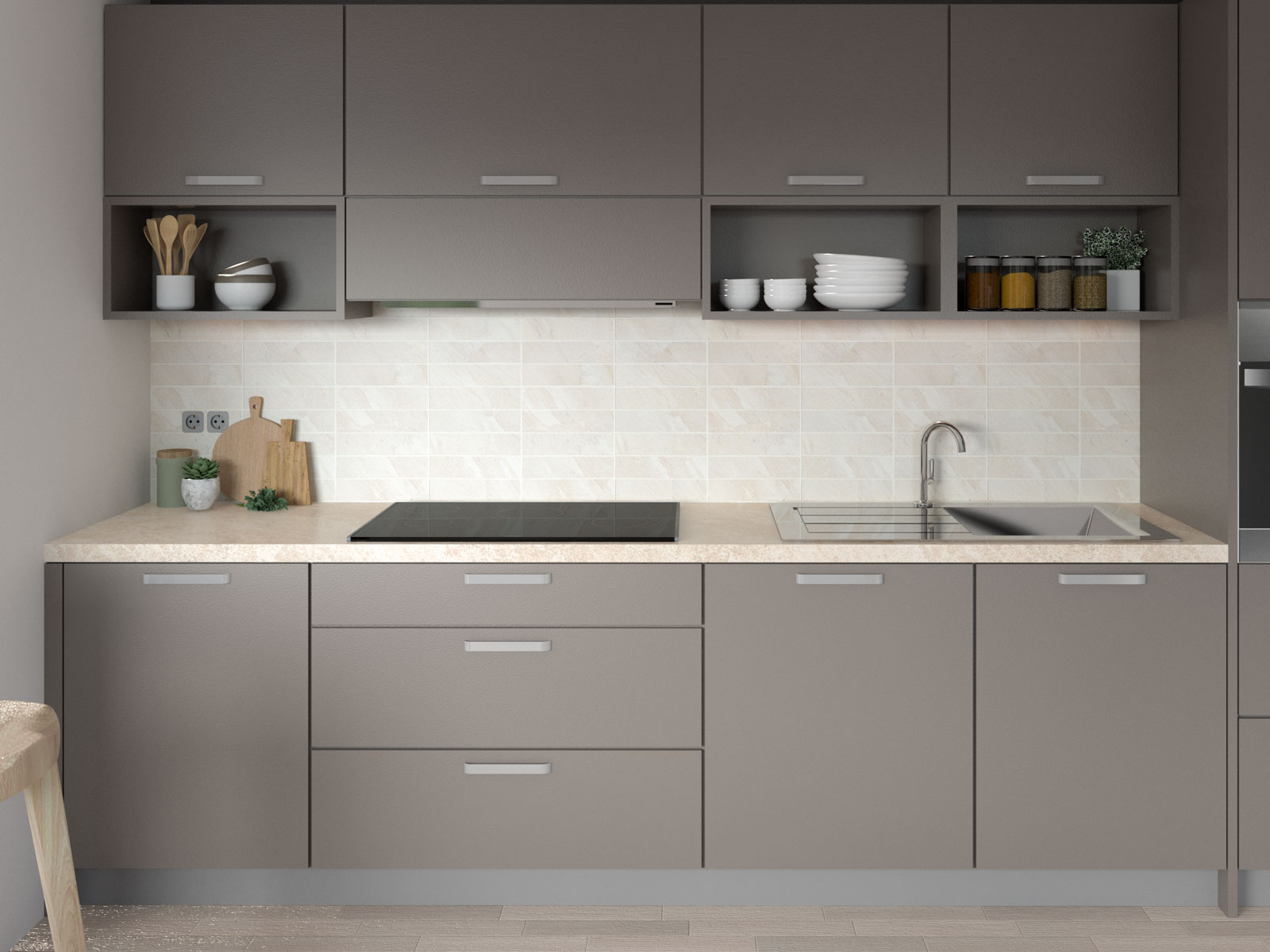
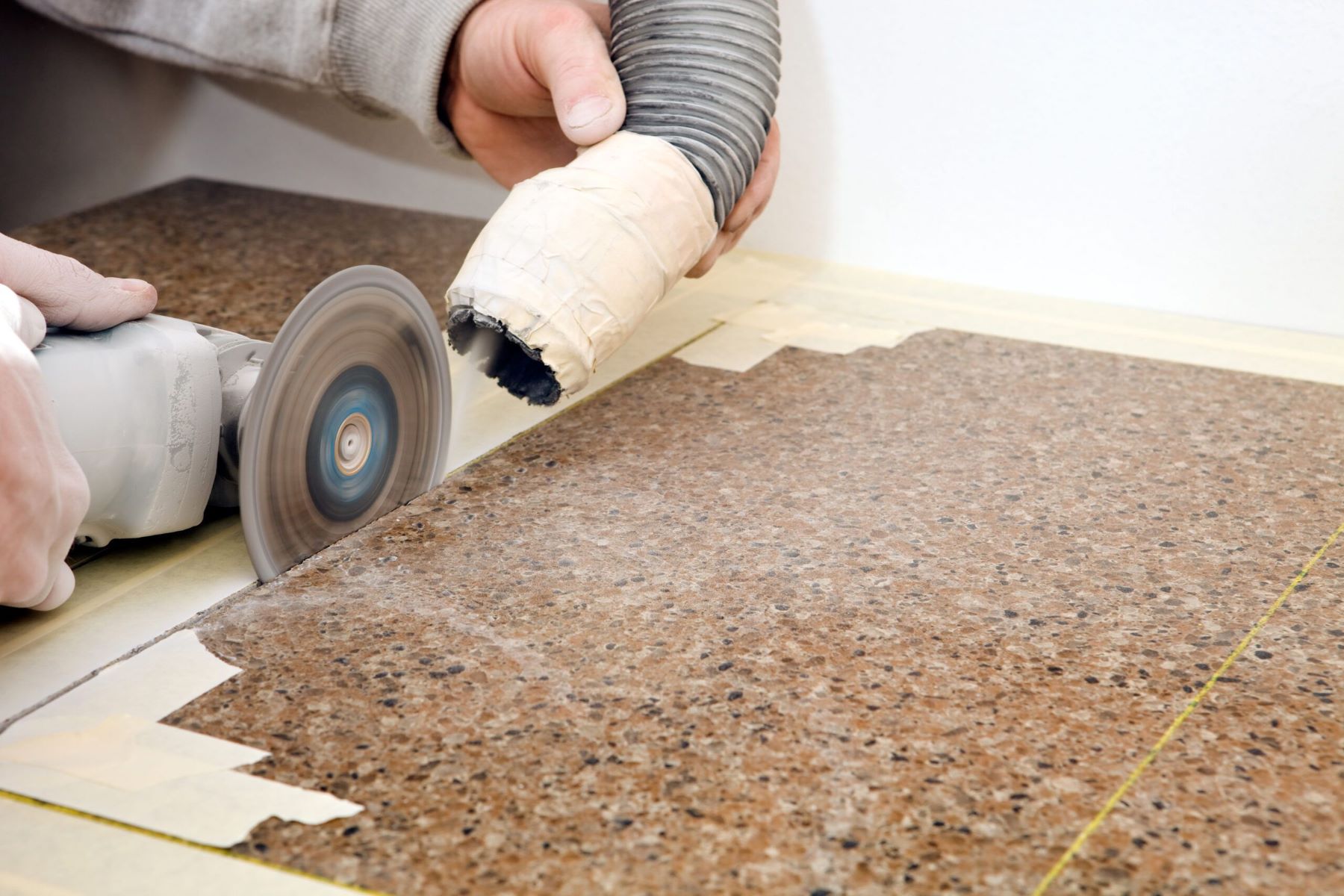
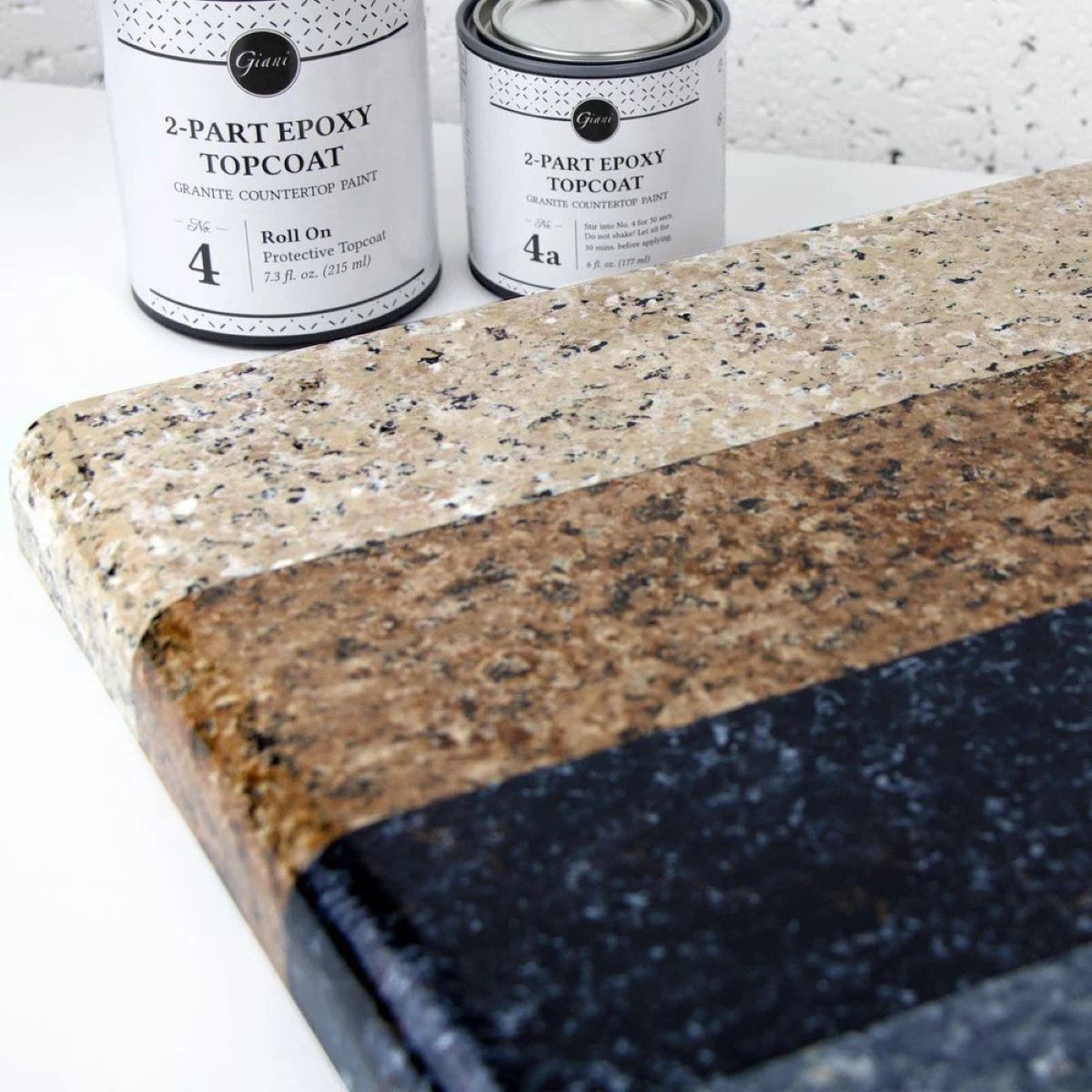
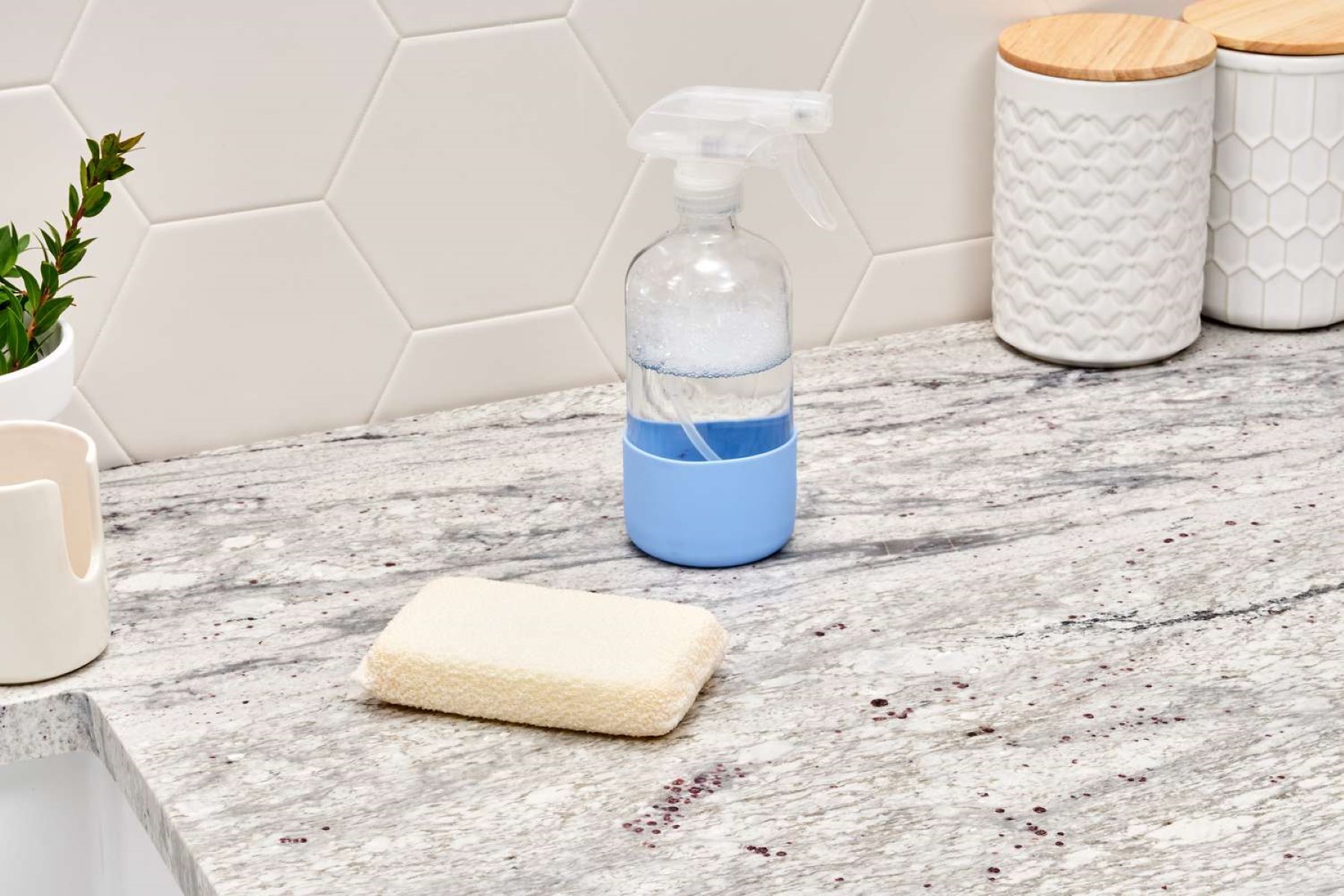

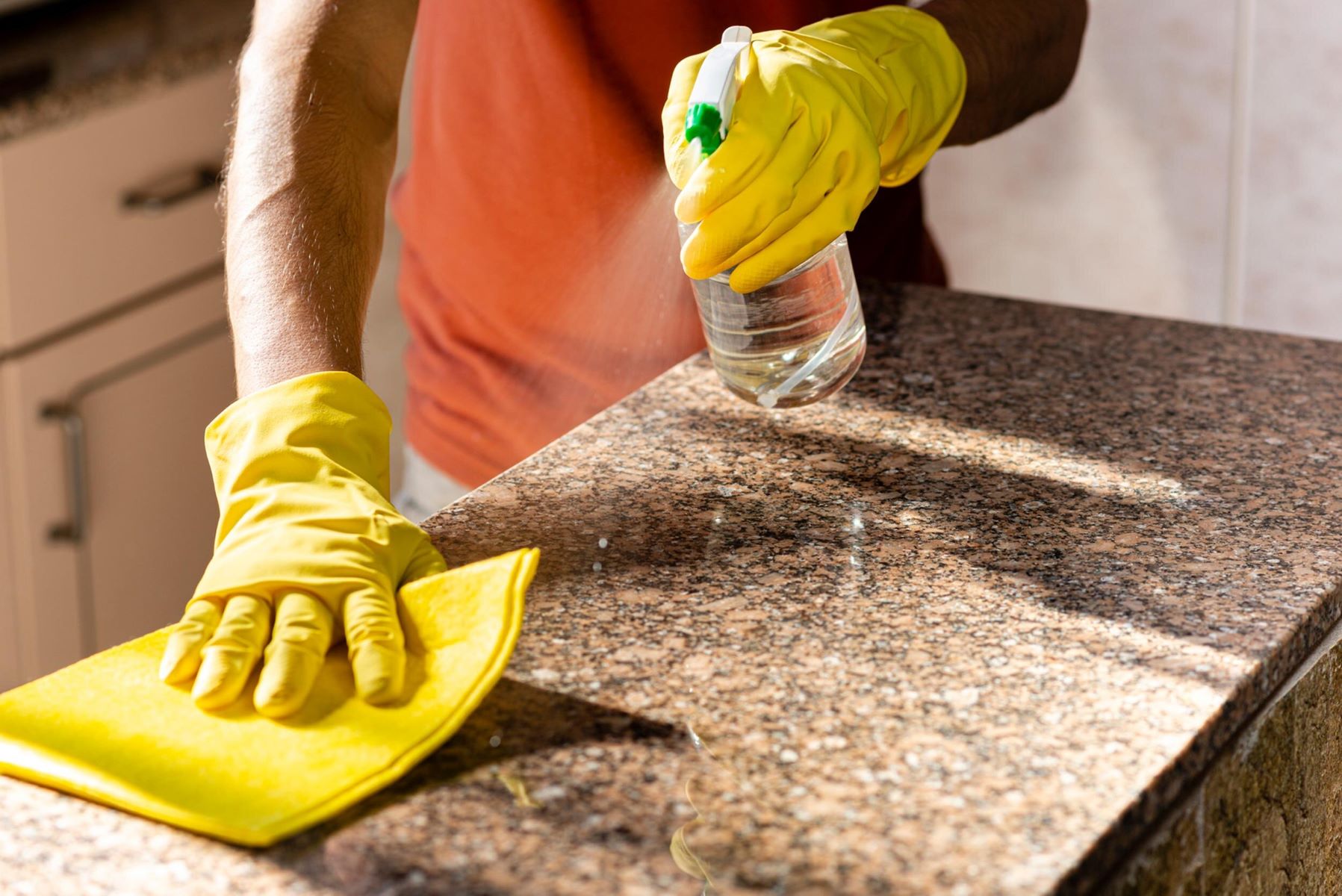
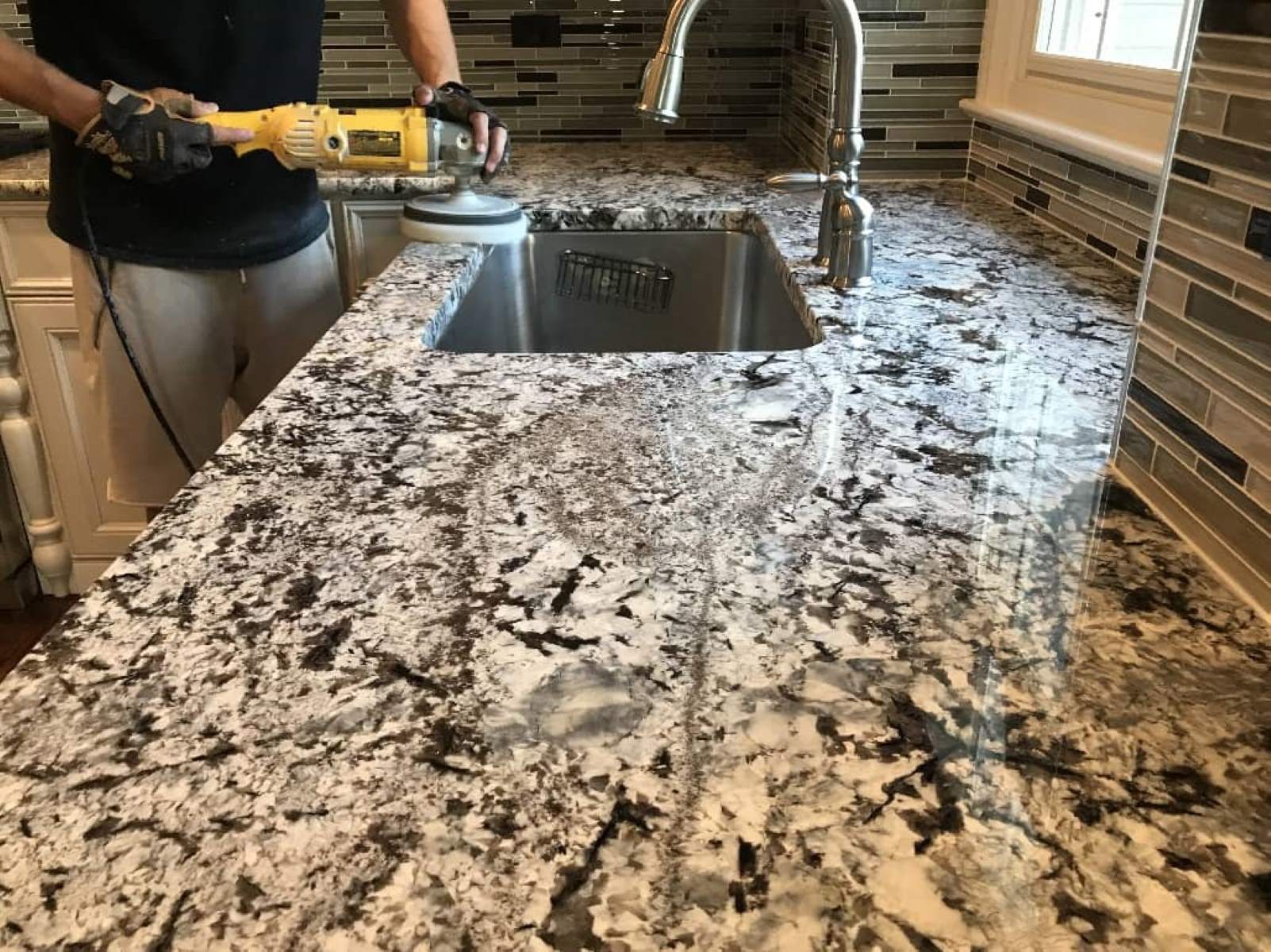
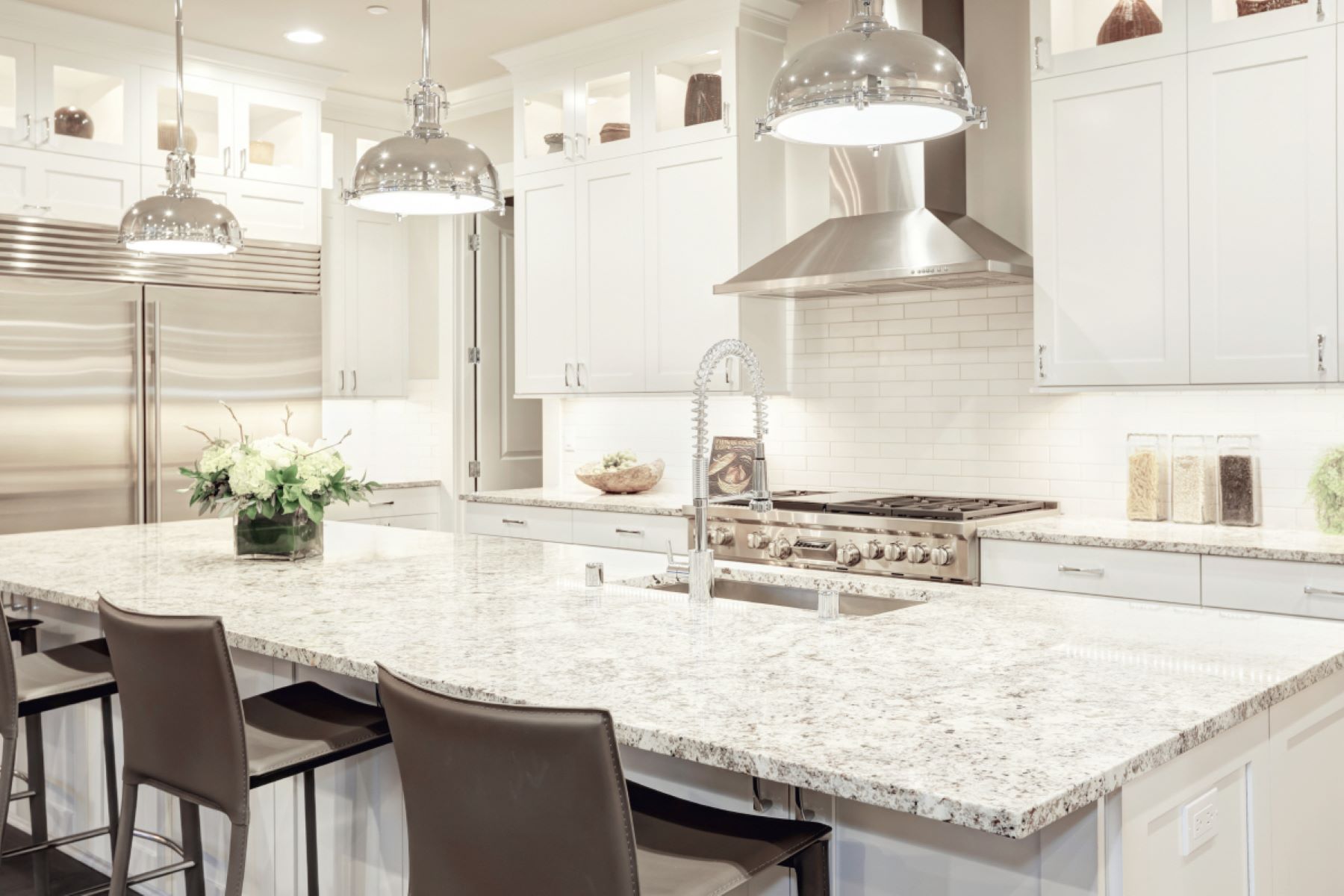
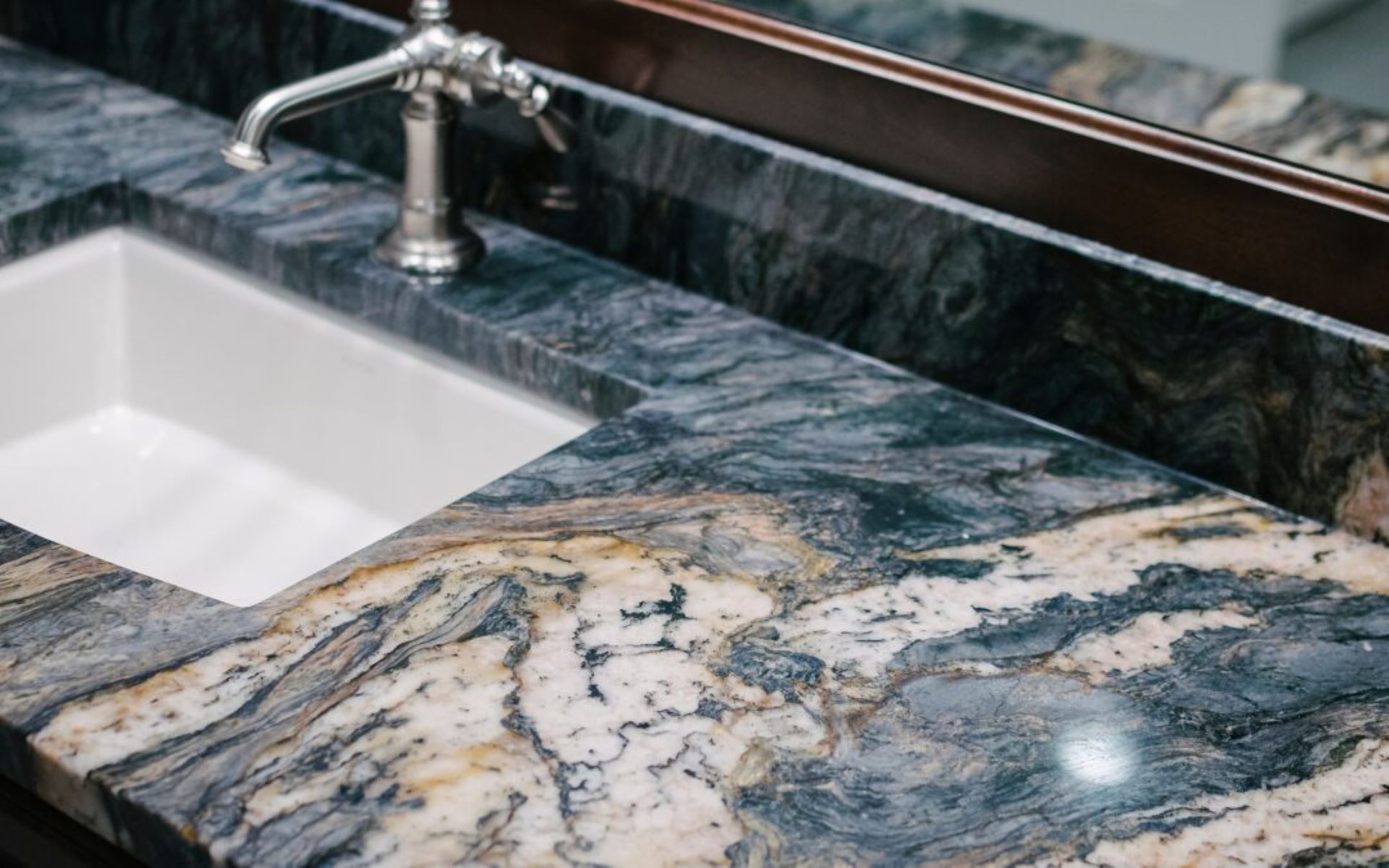
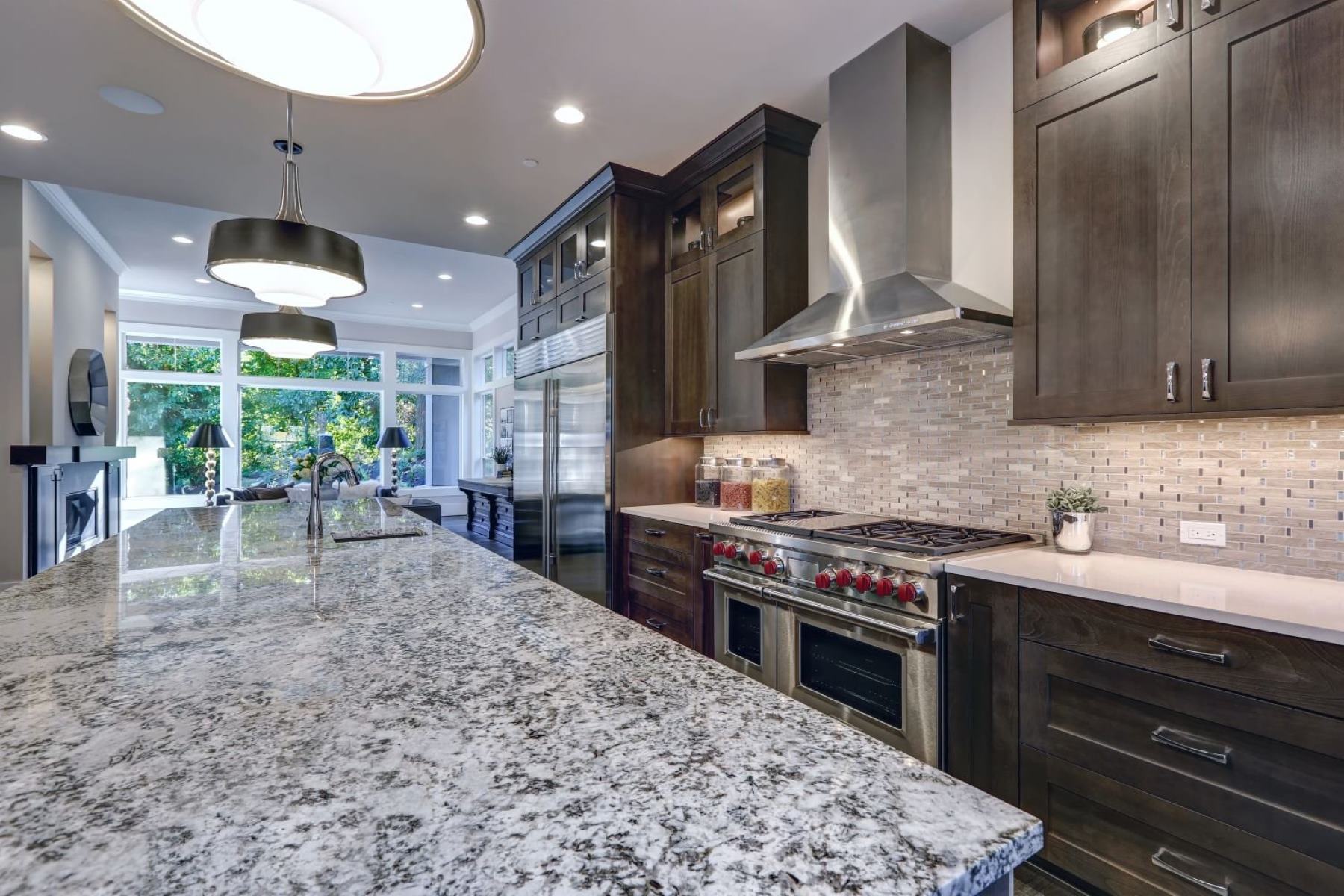
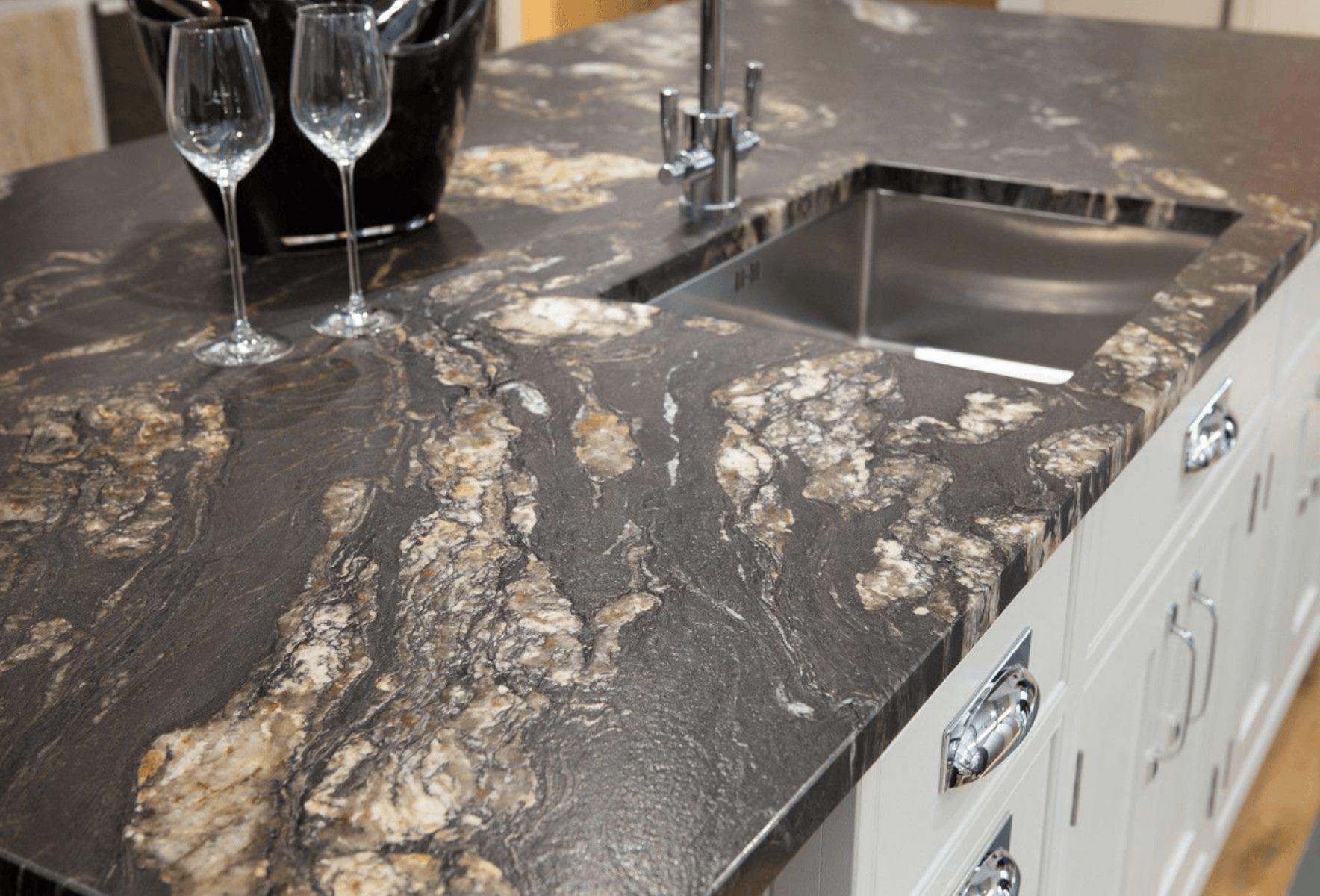
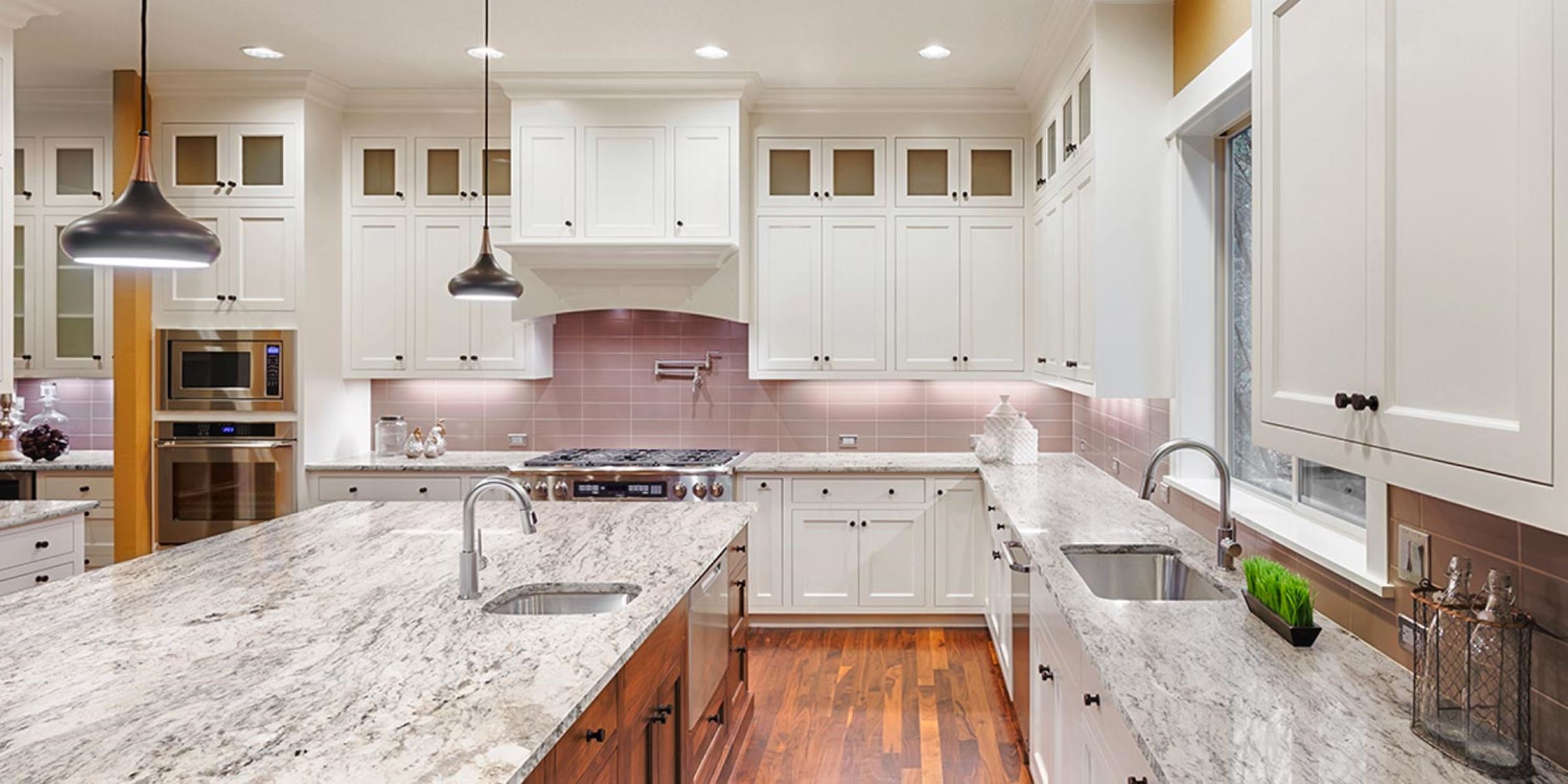

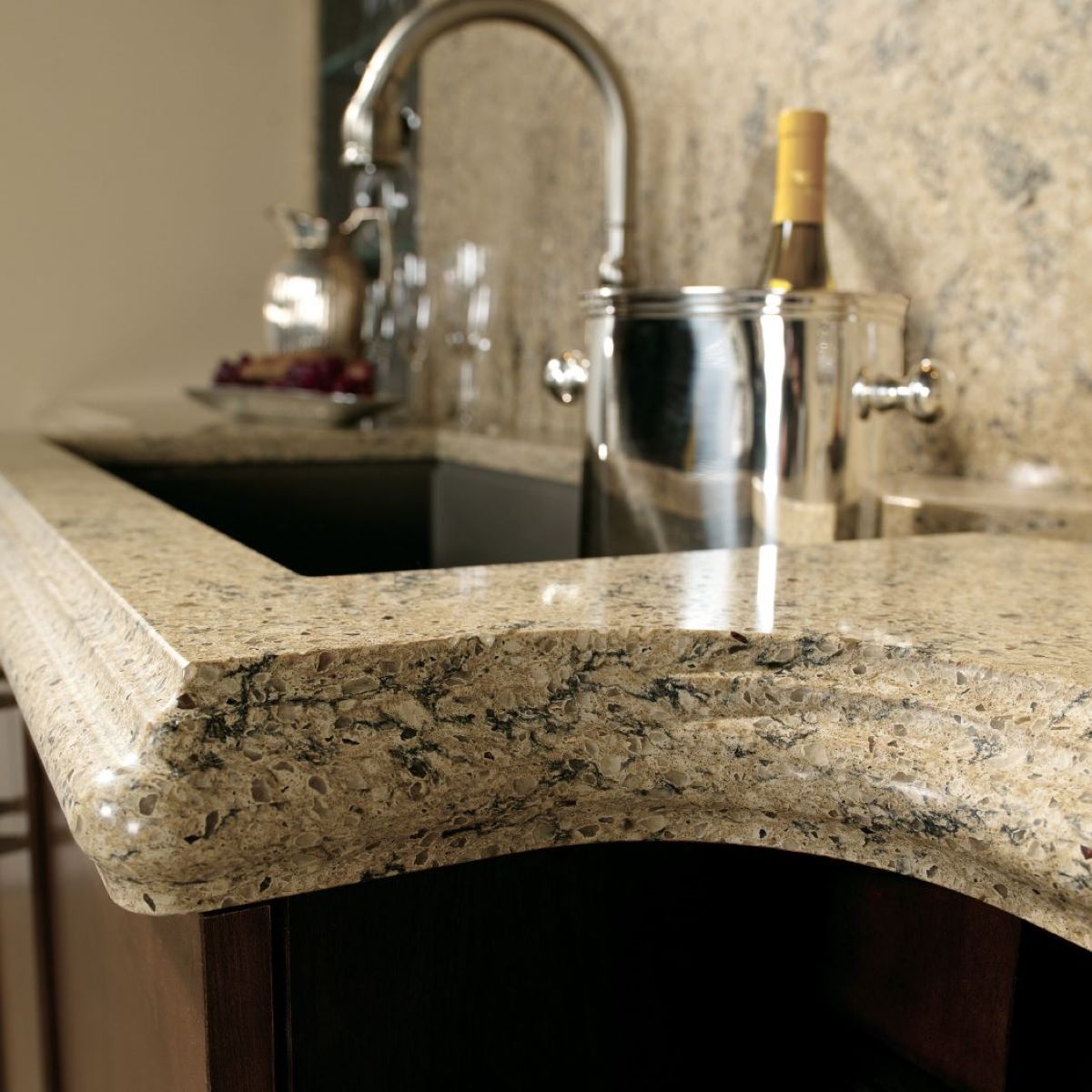

0 thoughts on “Can You Reuse Granite Countertops When Replacing Cabinets”